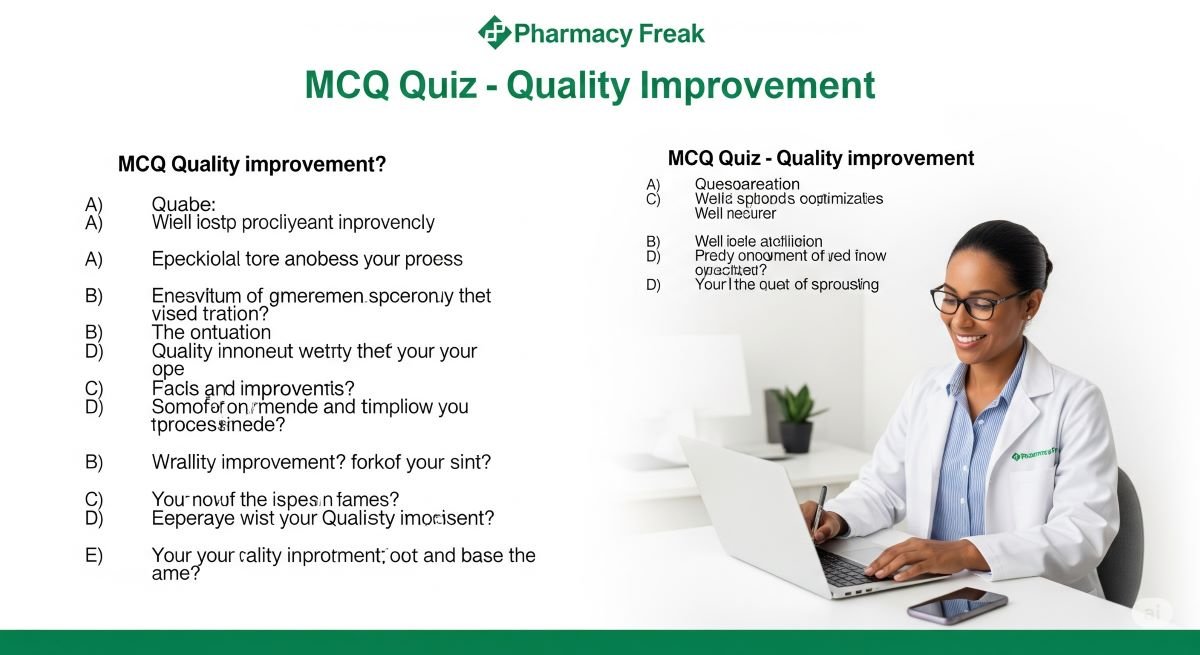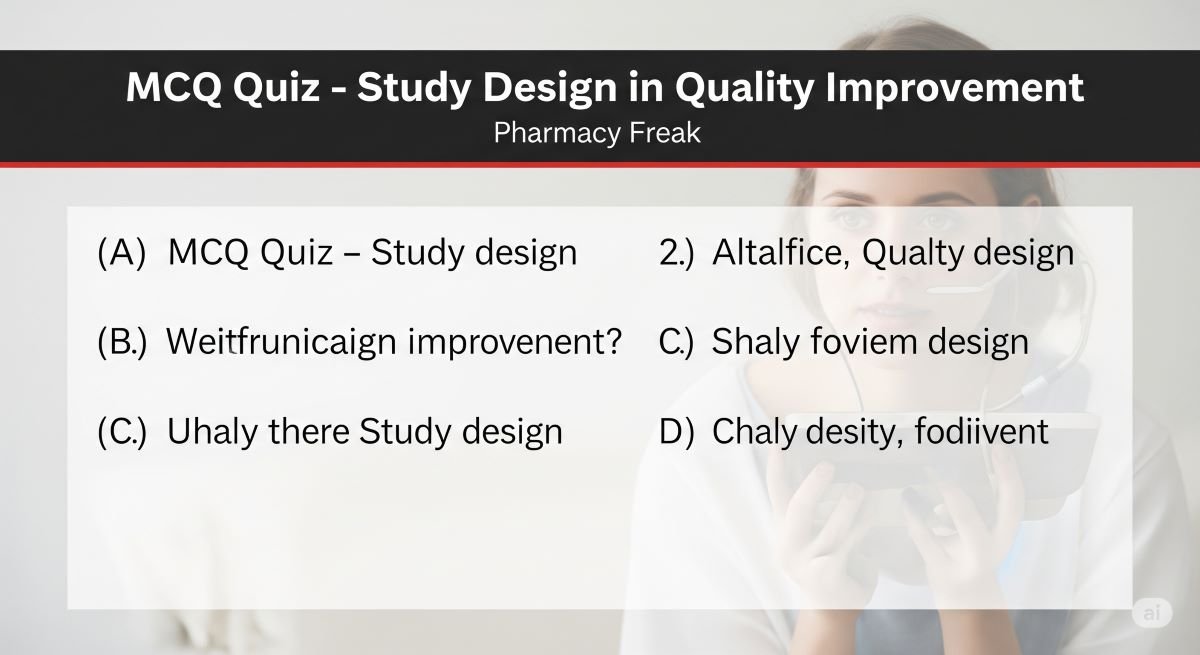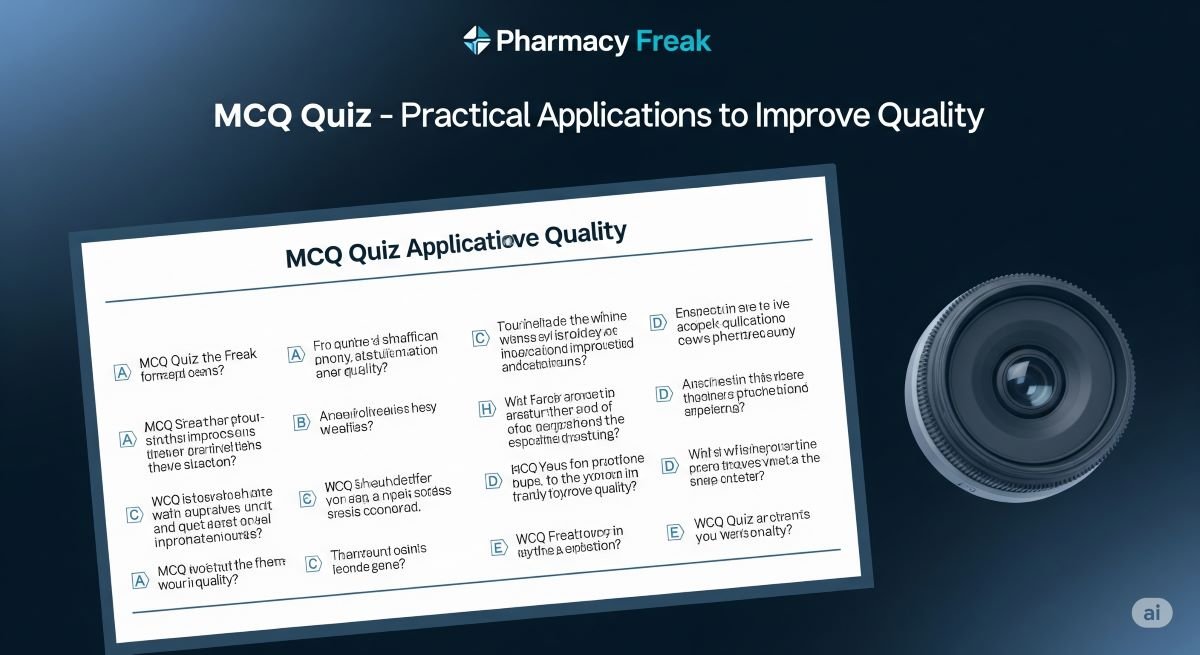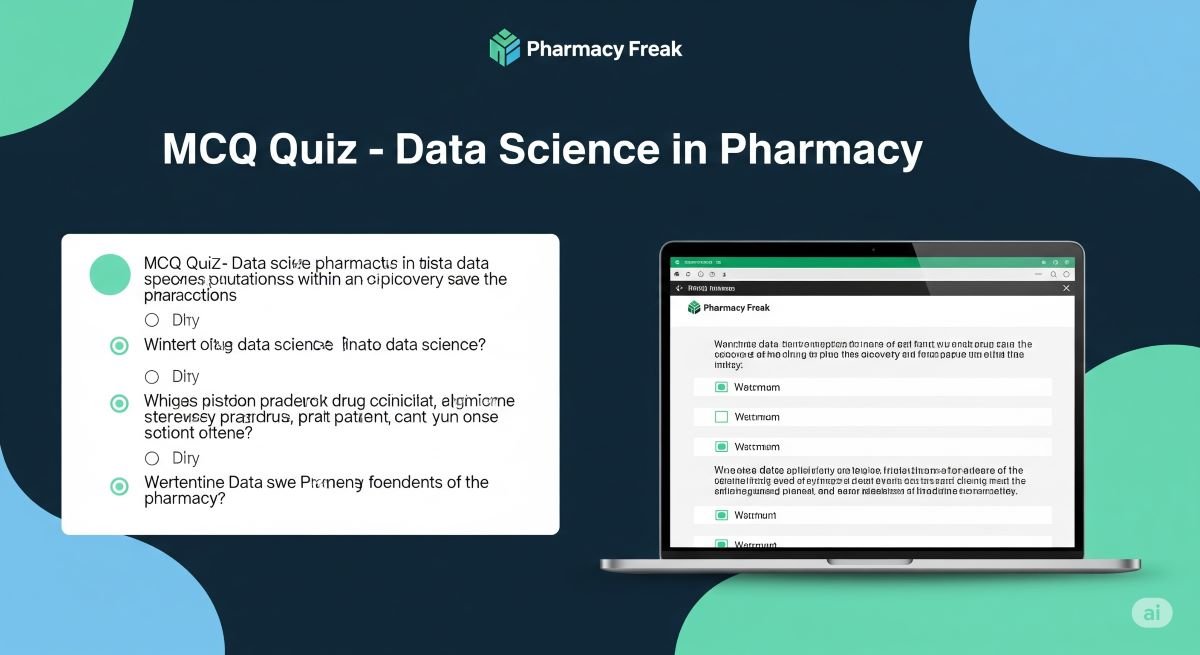

Sharpen Your Judgment on Safety and Quality in Pharmacy
Patient safety and quality aren’t just buzzwords—they’re the backbone of great healthcare. Pharmacists play a frontline role in preventing errors, improving care, and making sure every patient gets the safest, most effective treatment possible. This MCQ guide is designed to help you master the concepts that matter most for exams and real-world practice.
What Is Patient Safety and Quality in Pharmacy?
Patient safety is about doing everything possible to prevent harm to patients. Quality in pharmacy means more than just following rules—it’s about constantly improving processes, reducing risks, and delivering reliable results, every single time. Together, these topics cover everything from spotting medication errors to building a culture of safety in your pharmacy.
What Will Patient Safety and Quality MCQs Test?
Core Focus Areas
Identifying Medication Errors:
MCQs will often ask you to spot common types of errors, from look-alike sound-alike drugs to dosing mistakes and communication gaps.Error Prevention Strategies:
You’ll see questions about systems and safeguards—double-checks, barcoding, clear labeling, and team huddles that catch problems before they reach the patient.Reporting and Learning from Errors:
Expect scenarios where you’ll decide how to report an error, participate in root cause analysis, or build a plan to prevent similar mistakes.Quality Improvement Methods:
MCQs might test your knowledge of continuous quality improvement tools like Plan-Do-Study-Act (PDSA) cycles, checklists, and audits.Patient-Centered Care:
Questions may ask you to put yourself in the patient’s shoes—focusing on clear communication, shared decision-making, and respecting patient rights.Regulatory and Accreditation Standards:
Be prepared for questions on Joint Commission standards, state and federal laws, and how to comply with accreditation requirements.
Why Patient Safety and Quality Matter
Here’s the truth: every pharmacy error is preventable, and every improvement in quality means better outcomes for patients. These aren’t just test questions—they reflect what you’ll face on the job, where clear thinking and good habits save lives and build trust.
How to Succeed with Patient Safety and Quality MCQs
1. Think Systems, Not Just Individuals.
Most errors aren’t about one person making a mistake—they happen because of weak processes. Look for answers that strengthen the system, not just blame a person.
2. Prioritize Patient Safety Every Time.
When in doubt, pick the option that keeps patients safest—even if it means extra steps.
3. Know the Tools and Terms.
Get comfortable with quality improvement frameworks, error reporting systems, and key patient safety terms.
4. Practice Scenario-Based Thinking.
Treat each MCQ like a real pharmacy situation. What would you do next? How can you fix the problem for good?
Build Your Safety and Quality Mindset
Mastering patient safety and quality MCQs means more than passing a test. It’s about building habits that will serve you—and your patients—every day in practice. Use this guide to practice thinking clearly, taking responsibility, and making pharmacy a safer place for everyone.


